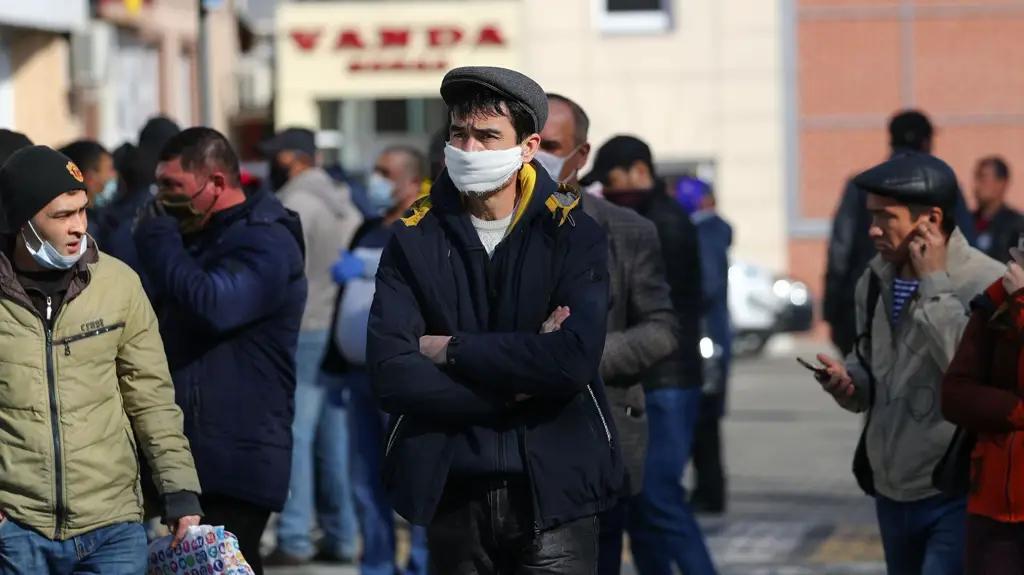
Published
09/16/2025, 09:03The 16th Aga Khan Award for Architecture ceremony was held in Bishkek, attended by Prime Minister Adylbek Kasymaliyev. Prince Rahim Aga Khan V also attended the ceremony, along with more than 200 renowned architects, scientists and high-ranking guests from around the world.
Adylbek Kasymaliyev emphasised that hosting the ceremony in Kyrgyzstan was an honour and recognition for the country on the international stage. According to him, the uniqueness of the Aga Khan Award lies in the fact that it evaluates not only the form and aesthetics of buildings, but also their impact on society, the preservation of cultural heritage and the creation of a harmonious environment for future generations.
‘Architecture is not a luxury, but a responsibility to the future. Today, as the world faces climate challenges and urbanisation, such projects show the way to a sustainable and equitable future,’ he said.
The head of the Cabinet of Ministers recalled that Kyrgyzstan has always stood out for its rich architectural heritage — the ancient cities of Balasagyn and Uzgen, the Burana Tower, mausoleums and caravanserais of Tash-Rabat are part of the world's cultural heritage. At the same time, the country's modern architecture is gaining momentum, with key projects including the construction of the new environmentally friendly city of Kemin City, the construction of Jalal-Abad Airport, the creation of the Ala-Too Resort ski cluster and the implementation of the China-Kyrgyzstan-Uzbekistan railway corridor. — Uzbekistan.
Kasymaliyev paid special attention to the 25th anniversary of Kyrgyzstan's cooperation with the Aga Khan Foundation, which has implemented projects in education, healthcare, and culture.
The Aga Khan Award for Architecture was established in 1977 by the late Prince Karim Aga Khan IV. Over almost half a century, 136 projects have received the award, and more than 10,000 architectural initiatives have been documented. The aim of the award is to support architectural solutions that meet not only the practical needs of people, but also their cultural and spiritual aspirations.



